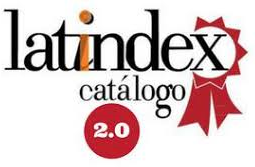Evaluation Of Aesthetic Use Of Public Space In Terms Of Visual Education
DOI:
https://doi.org/10.47750/jett.2023.14.05.030Abstract
Aesthetic understanding can come to the fore in all areas of human and social life including education. Public spaces provide concrete indicators of the culture of the people living in city centers where these concrete indicators are directly accessed and located. Works of art, which reinforce the identity of cities with their transfers to future generations, have continued this function since the earliest periods of history. Therefore visual education is essential to teach how to understand and conceptualize the expression of art in various forms. After 1980, with the effect of the conditions in the world, a significant metamorphosis emerged in terms of understanding of art. With the combined effect of postmodernism, the understanding of art, which keeps up with the new world order on the one hand and opposes it on the other, has sought to find a place worthy of it. This article focuses on visual education using the sculpture art in public spaces. The article was designed as a qualitative research and narrative method based on literature review was used. In the study, functions of works of art in public spaces, presented to the audience as a product of aesthetic efforts, were mentioned. In addition, public space works constituted the direct object of the teaching materials for visual education. The results have revealed that artists should design works of public space considering the original representation of the people of the region first and then the region in question because interaction of the people of a certain region with public works increases and develops a meaningful relationship with the space. As a consequence, it will contribute to visual education as teaching materials in a concrete way.








